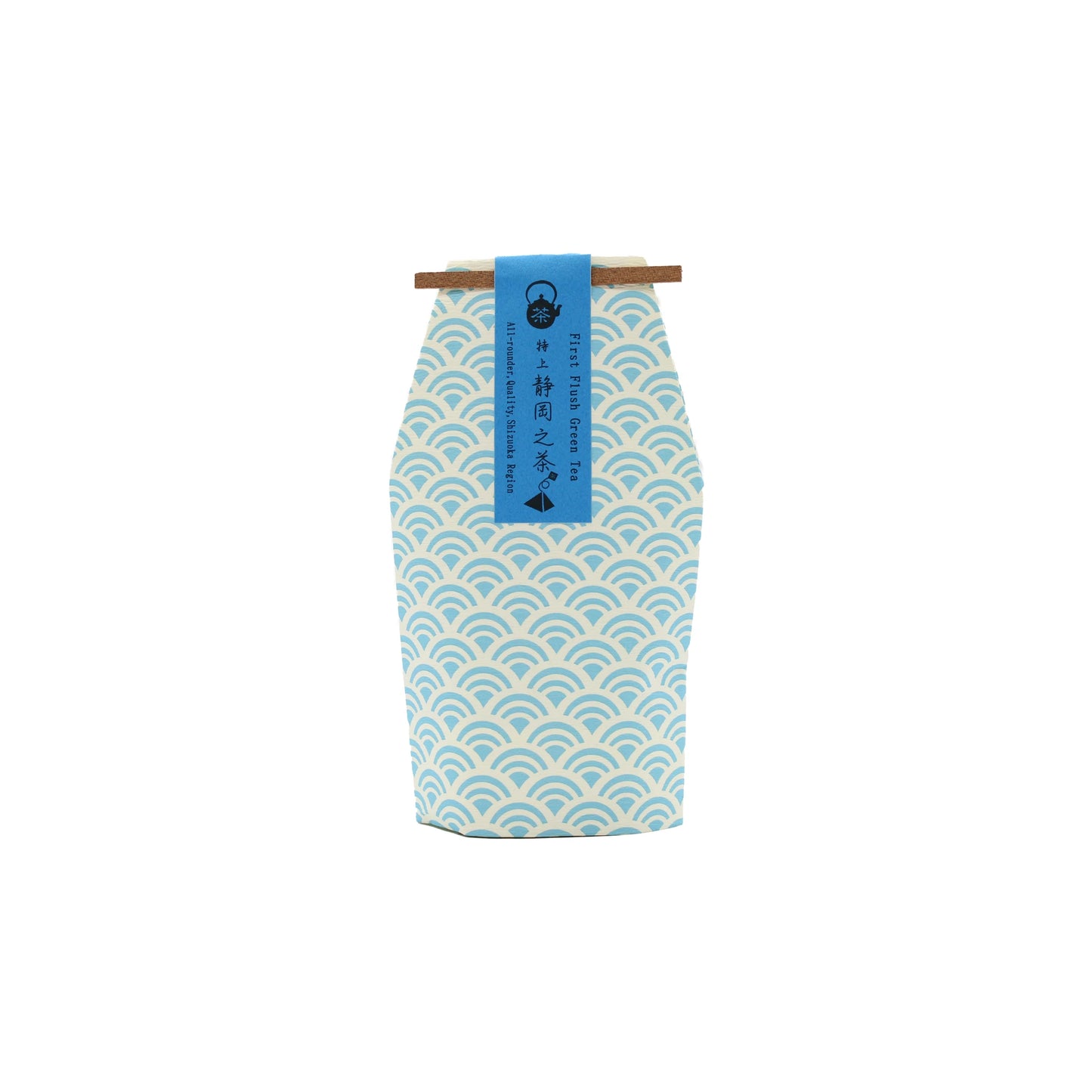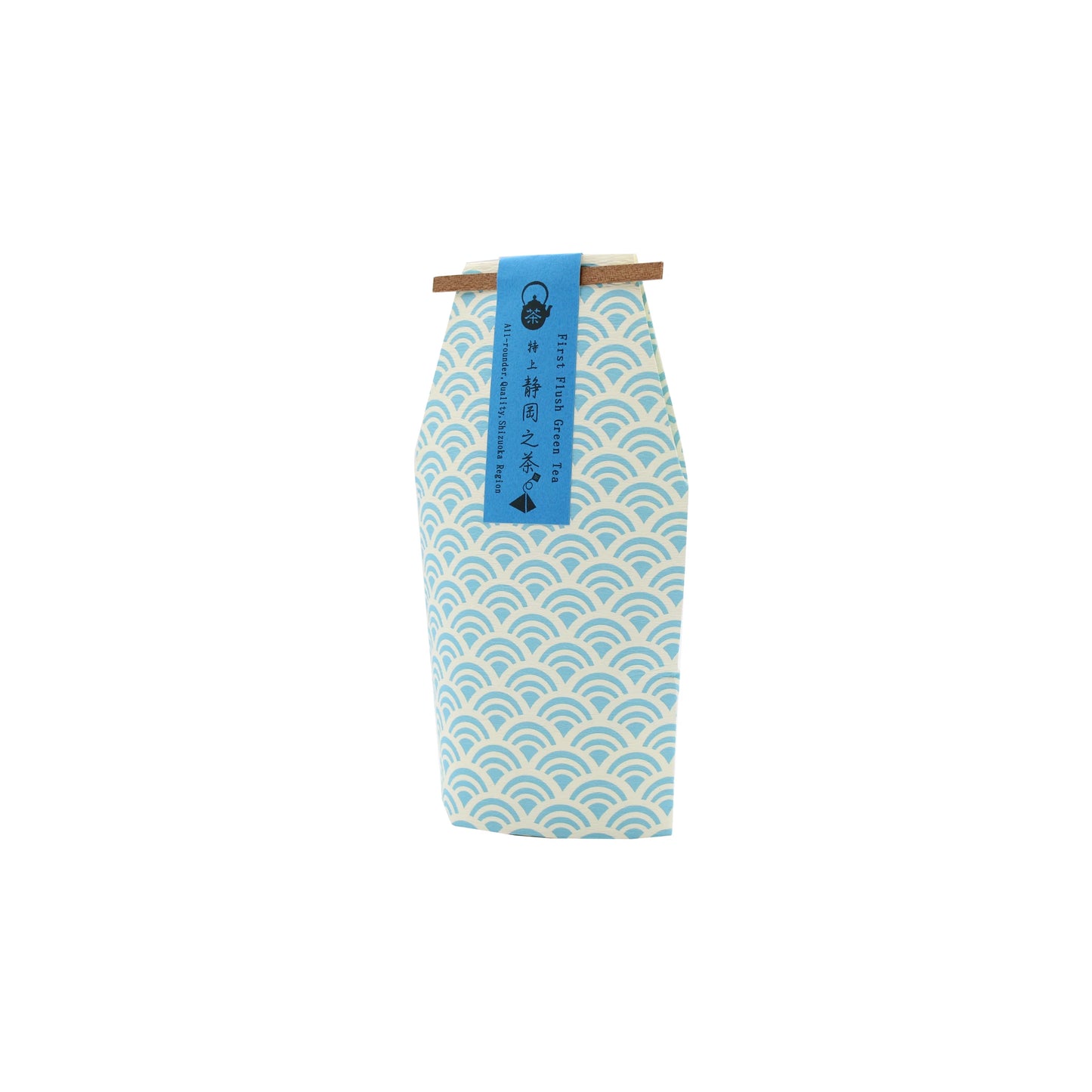Sencha tea is one of the most popular and commonly consumed types of green tea in Japan. It has a distinct flavour profile and a rich cultural significance.
Originating in Japan in the 18th century, sencha green tea quickly became the most popular type of tea in the country. It is now widely consumed both in Japan and globally.
What is sencha?
Sencha is made from the leaves of the Camellia sinensis plant, typically grown in direct sunlight, which influences their chemical composition and flavour.
After harvesting, the leaves are quickly steamed to prevent oxidation, which helps retain their green colour and fresh flavour.
The leaves are then rolled into their characteristic needle-like shapes. This step helps release the tea’s natural oils, before they are dried to preserve them for storage.
Taste & Aroma
Sencha has a fresh, grassy and slightly sweet flavour with a hint of umami, making it unique compared to other teas. It often has a vegetal or seaweed-like aroma, reflecting its green and unoxidized nature.
First Flush
This green tea is Shincha, also known as "first flush" or "new tea," it is the first harvest of the year and is highly prized for its fresh and vibrant flavour.
Health Benefits
Sencha is packed with various health benefits, attributed to its rich content of antioxidants, particularly catechins, which have been linked to reduced risk of heart disease and certain cancers.
It contains moderate levels of caffeine, providing a mild energy boost without the jitteriness often associated with coffee. L-Theanine, an amino acid that promotes relaxation and improves focus, works synergistically with caffeine to provide calm alertness. Sencha is a good source of vitamins C and E, as well as potassium, calcium, and phosphorus.
Keep at room temperature.
Making the tea
Sencha is best brewed with water at around 70-80°C to avoid bitterness.
Steep for 1-2 minutes, depending on personal preference for strength and flavour.
The same leaves can be used again, although there may be a small reduction in flavour.




